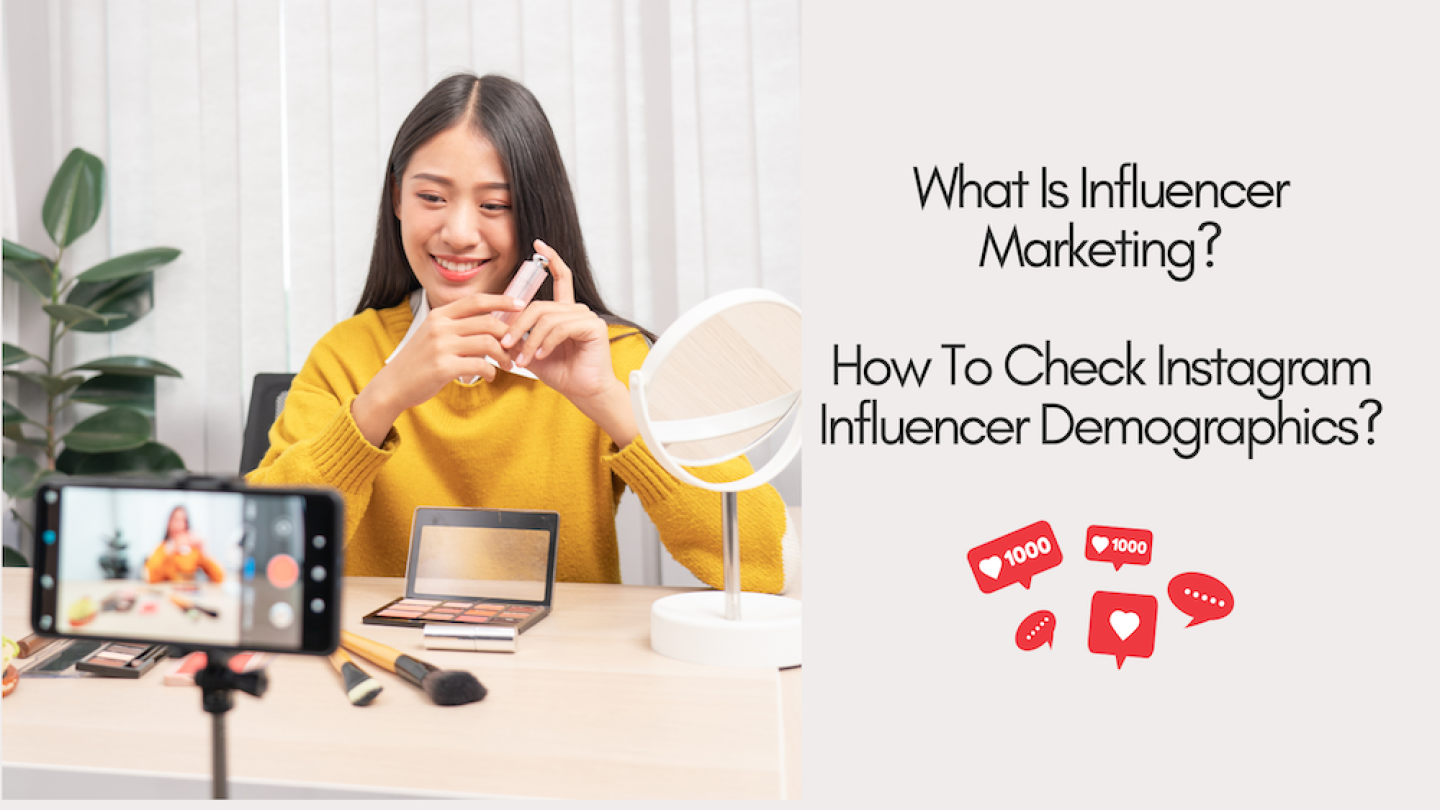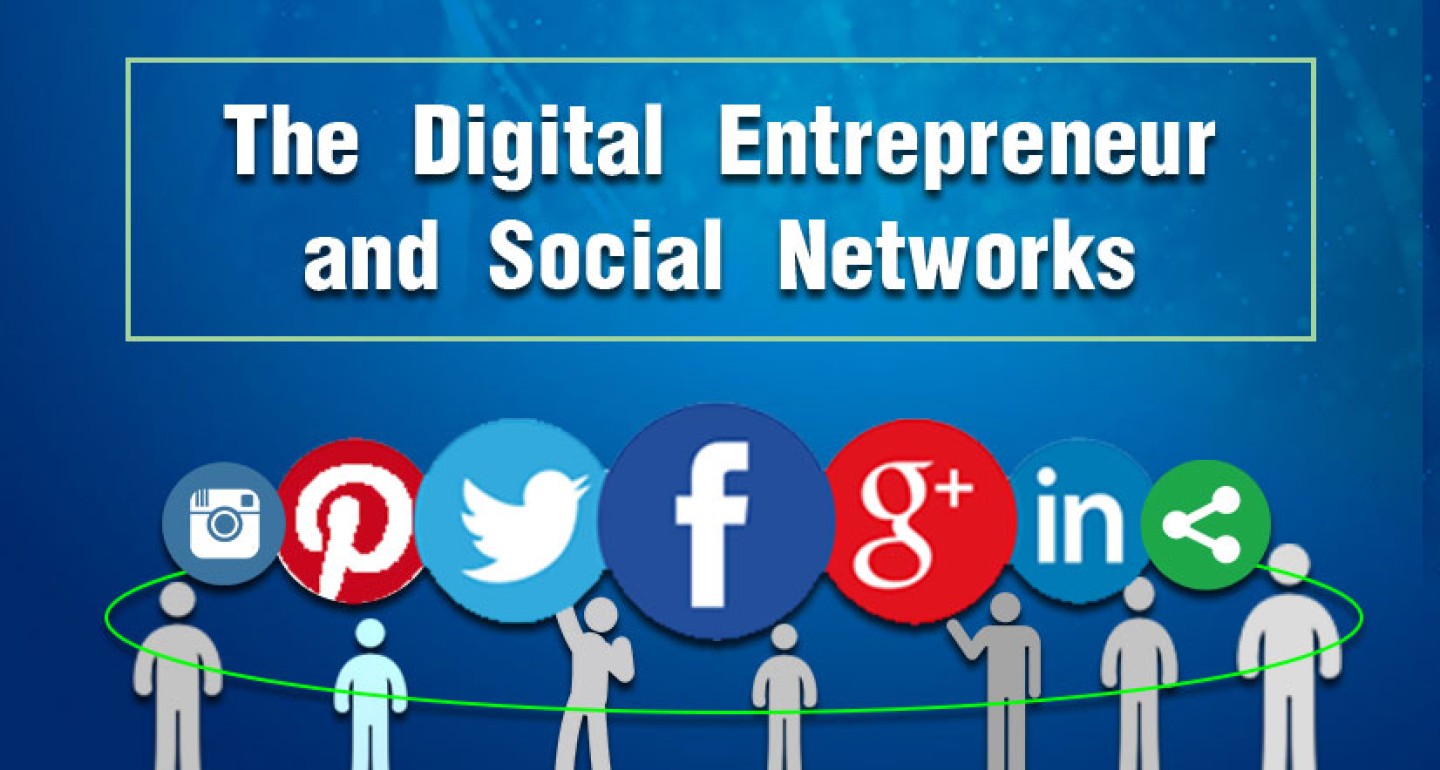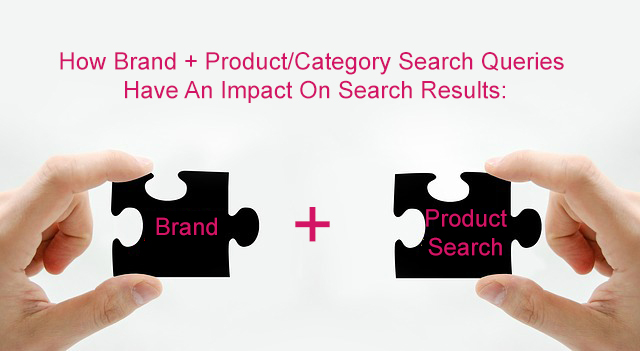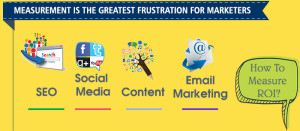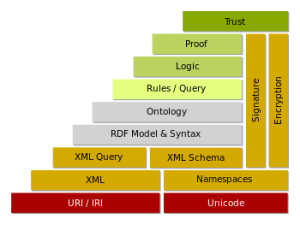Influencers are individuals who have built a dedicated and engaged following on social media platforms like Instagram, YouTube, TikTok, Twitter, and others. They can be celebrities, industry experts, bloggers, vloggers, or even everyday people with a substantial online presence.
These individuals, known as influencers, have the power to affect the purchasing decisions of others because of their authority, knowledge, position, or relationship with their audience.
Influencer marketing is a form of social media marketing that involves endorsements and product placements from influencers who have a significant and engaged following on the varied social media platforms.
Influencers create content (such as posts, stories, videos, and blogs) that features or mentions a brand, product, or service. This content can be in the form of reviews, unboxings, tutorials, or lifestyle posts. he choice of platform depends on where the target audience spends most of their time and the type of content that resonates with them.
Types of Influencer Marketing Campaigns
1. Sponsored Content:
Brands pay influencers to create and share content that promotes their products or services. This is usually labeled as sponsored content or ads.
2. Product Reviews:
Influencers provide honest reviews of products or services. These reviews can be in the form of blog posts, videos, or social media posts.
3. Giveaways and Contests:
Influencers host giveaways or contests in collaboration with brands to engage their audience and increase brand awareness.
4. Affiliate Marketing:
Influencers share unique affiliate links or codes with their followers. They earn a commission for every sale made through their link.
5. Brand Ambassadors:
Influencers enter into long-term partnerships with brands, frequently promoting their products and services over an extended period.
6. Event Coverage:
Influencers are invited to events, product launches, or brand experiences to share their firsthand experiences with their followers.
Benefits of Influencer Marketing
1. Authenticity and Trust:
Influencers have built trust with their followers, so their endorsements are seen as more genuine and credible compared to traditional advertising.
2. Reach and Engagement:
Influencers can reach a large and targeted audience, often resulting in higher engagement rates than traditional marketing methods.
3. Cost-Effective:
Influencer marketing can be more cost-effective compared to traditional advertising, especially when working with micro-influencers (influencers with smaller but highly engaged followings).
4. Content Creation:
Influencers are skilled content creators who can produce high-quality and engaging content that brands can repurpose for their marketing efforts.
5. SEO and Online Presence:
Influencer mentions and backlinks can improve a brand's SEO and online visibility.
Challenges of Influencer Marketing
1. Finding the Right Influencer:
Identifying influencers whose audience aligns with the brand’s target market and values can be challenging.
2. Measuring ROI:
Tracking the effectiveness and ROI of influencer marketing campaigns can be complex, requiring specific tools and metrics.
3. Maintaining Authenticity:
There’s a risk of appearing inauthentic if the influencer’s promotion seems forced or not aligned with their usual content.
Influencer marketing, when done right, can significantly enhance brand awareness, drive engagement, and boost sales by leveraging the power of trusted voices in the social media landscape.
Checking the demographics of an Instagram influencer is crucial for ensuring their audience aligns with your target market. Here are some effective methods to do so:
1. Request Analytics from the Influencer
Influencers often have access to detailed insights about their followers through Instagram's built-in analytics (Instagram Insights). Ask the influencer to provide you with screenshots or reports that include:
Age Range: Distribution of followers by age.
Gender: Percentage of male and female followers.
Location: Top locations (countries and cities) where their followers are based.
Active Hours: When their followers are most active.
2. Use Influencer Marketing Platforms
Several platforms provide detailed analytics and demographic information about influencers. Some popular ones include:
HypeAuditor: Offers detailed insights into follower demographics, including age, gender, and location.
Influence.co: Provides analytics on influencers' followers, engagement rates, and more.
Upfluence: Allows you to search for influencers and view detailed demographic data.
AspireIQ: Offers comprehensive analytics and demographic insights.
3. Third-Party Analytics Tools
There are tools specifically designed to analyze Instagram accounts. Some of these tools can provide demographic data:
Social Blade: Offers basic metrics and growth trends.
Iconosquare: Provides detailed insights and analytics, including demographics.
Phlanx: Allows you to check engagement rates and other key metrics.
Sprout Social: Offers comprehensive social media analytics, including demographics.
4. Manual Analysis
If you prefer a more hands-on approach, you can manually analyze the influencer’s followers by:
Reviewing Comments and Engagement: Check the profiles of users who frequently comment and engage with the influencer’s posts to get an idea of their demographics.
Surveying Followers: If feasible, conduct a survey through the influencer’s story or a post to gather demographic information directly from their followers.
5. Influencer’s Media Kit
Many influencers have a media kit prepared, which includes demographic data and other relevant statistics about their audience. Ask the influencer for their media kit, which should provide a comprehensive overview of their followers.
6. Engagement Metrics
While not directly demographic, evaluating engagement metrics can provide indirect insights. High engagement from specific regions, times, and types of content can indicate where and who the audience is:
Likes and Comments Analysis: Identify patterns in engagement related to specific demographics.
Content Performance: Assess which types of content resonate most with their audience, providing indirect clues about demographics.
By combining these methods, you can obtain a comprehensive understanding of an influencer's demographics, helping you make an informed decision about your marketing collaboration.
